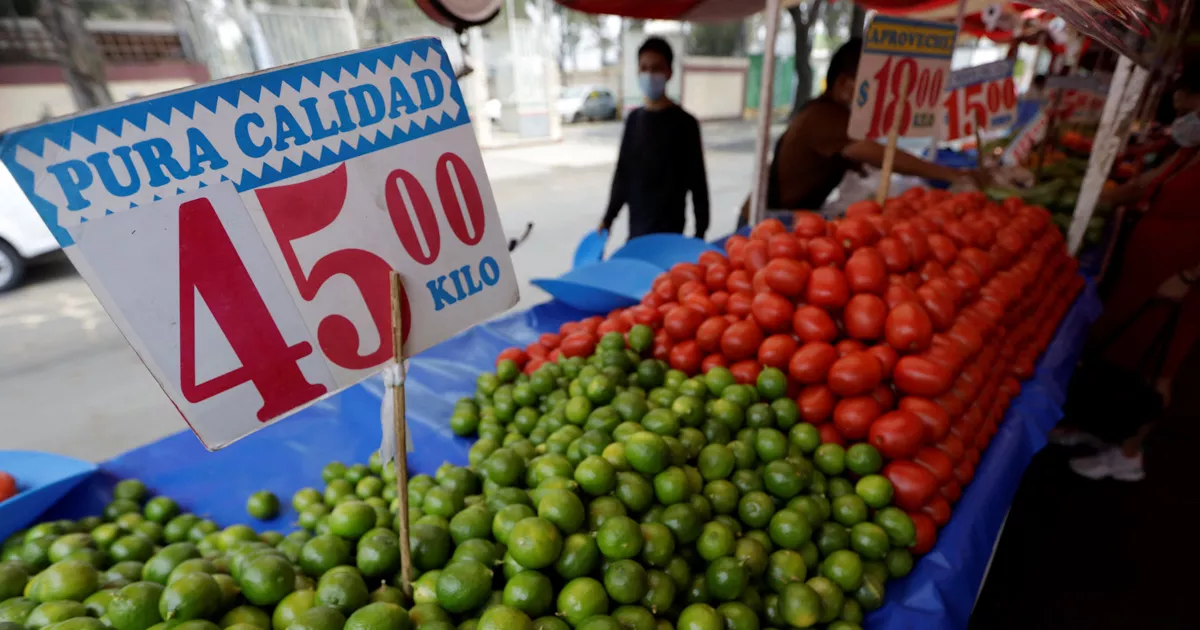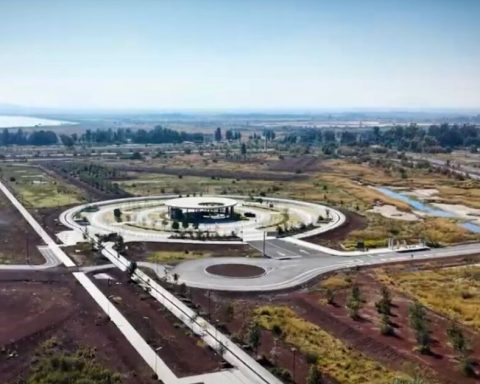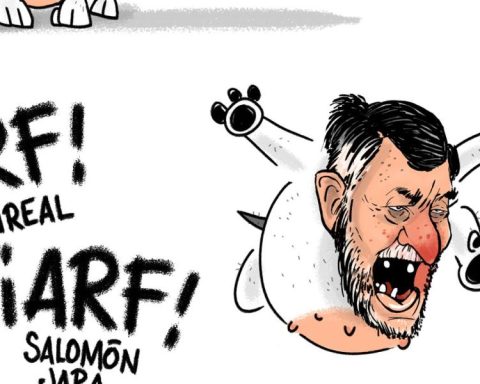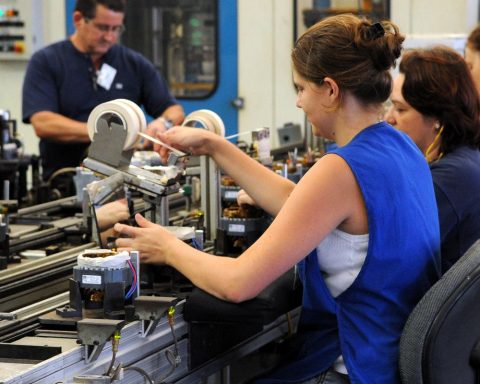At the beginning of November, Banxico raised the reference interbank rate by 75 basis points to take it to an all-time high of 10%, in its twelfth consecutive rise, and said that it will assess the magnitude of future increases according to the prevailing circumstances.
“All (the board members) agreed that some of the shocks that have affected inflation have shown signs of easing and pointed to less pressure on supply chains,” the meeting minutes released on Thursday noted.
Earlier, it was announced that Mexico’s headline inflation slowed more than expected during the first half of November to 8.14% at an annual rate, however, the underlying index continued to advance at 8.66%, a level not seen in just over 22 years.
Even so, the members of the board reiterated that in the future the monetary entity will assess the magnitude of the next increases in interest rates according to the prevailing circumstances.
In a dissenting vote, Deputy Governor Gerardo Esquivel pointed out the need to begin to reduce the rate of increases to the key rate. “This would signal that we are approaching the terminal rate of the cycle, and would be consistent with the current balance of risks,” he said.
As for the economic performance of the Latin American country, which is struggling with weak growth prospects for its main trading partner, the United States, the bank noted that slack conditions continue to narrow.
The Gross Domestic Product (GDP) grew 1% between July and September, spinning four consecutive quarters of expansion, showed preliminary seasonally adjusted figures released at the end of October. The final GDP data will be published on Friday by the statistics institute.
















